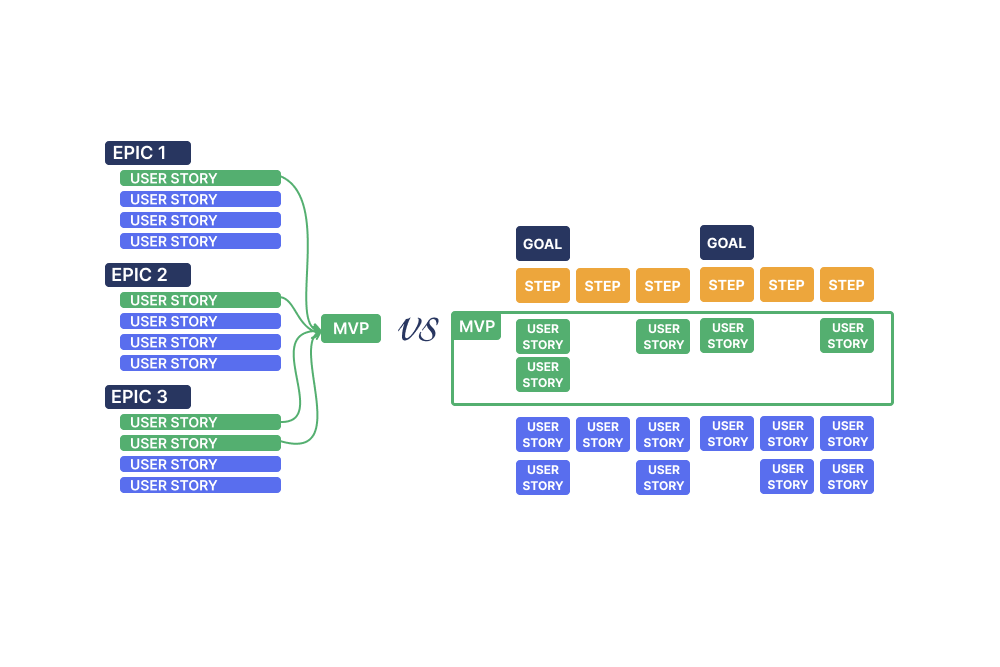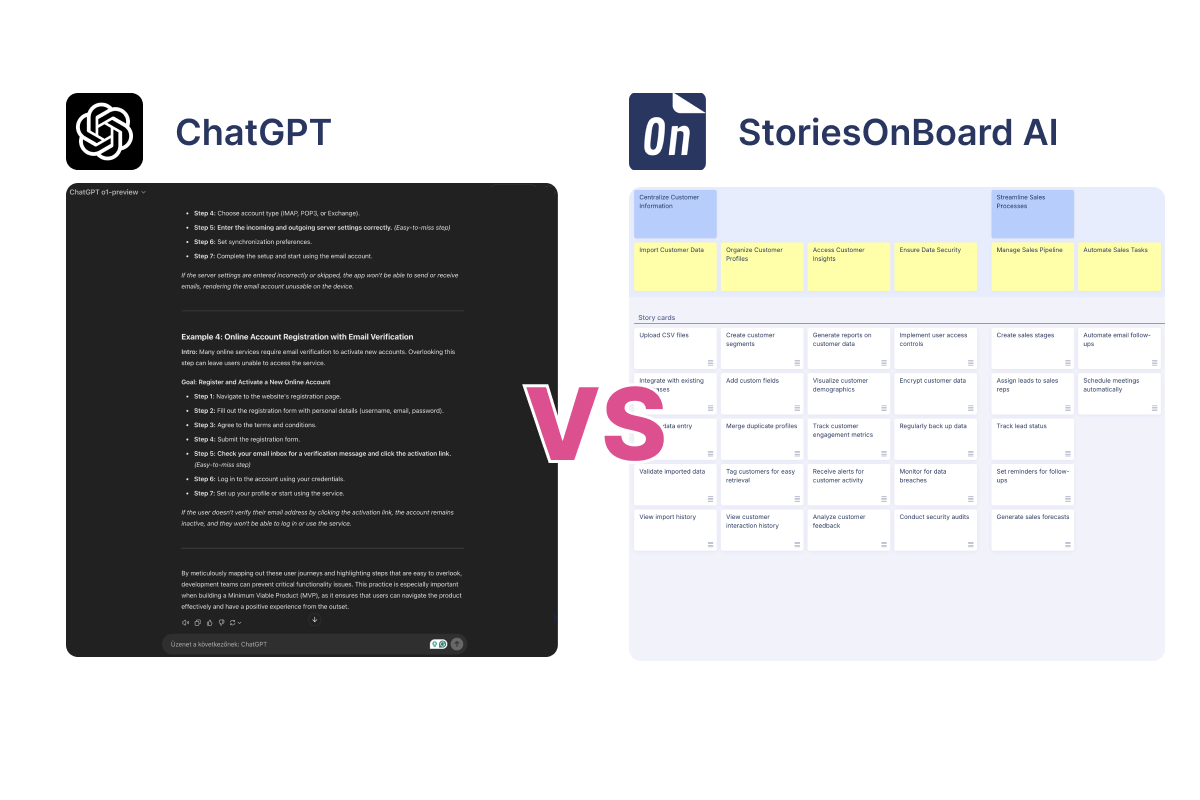The Importance Of The Product Discovery Process In Building Successful Products
Whether you’re a Product Manager, a Business Analyst, a Product Designer, or a Product Owner, understanding the product discovery process can help you make informed decisions and increase your chances … Read more




